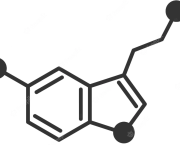
Synthetic meat
 8 min
8 min
Synthetic meat
Production method and scientific reality.
Homo sapiens have fed on animal flesh since the dawn of the species; in fact, there are archaeological finds of animal bones hollowed out by tools dated as far back as 3.4 million years ago, the period when our hominid predecessors began to colonize the world. According to some theories, the shift from herbivorous to omnivorous diets allowed hominids to accumulate greater amounts of energy in ever shorter time frames, speeding up the slow process of digesting plant fibers. Nowadays these evolutionary changes remain unchanged in our species, but the modality of meat gathering has changed; in fact, we are no longer hunter gatherers, but are consumers of farmed products. Today's global meat consumption is 365 million tons per year (2018), with the









 English
English
 Français
Français
 Deutsch
Deutsch
 Italiano
Italiano
 Español
Español



 Contribute
Contribute










 You can support your favorite writers
You can support your favorite writers





